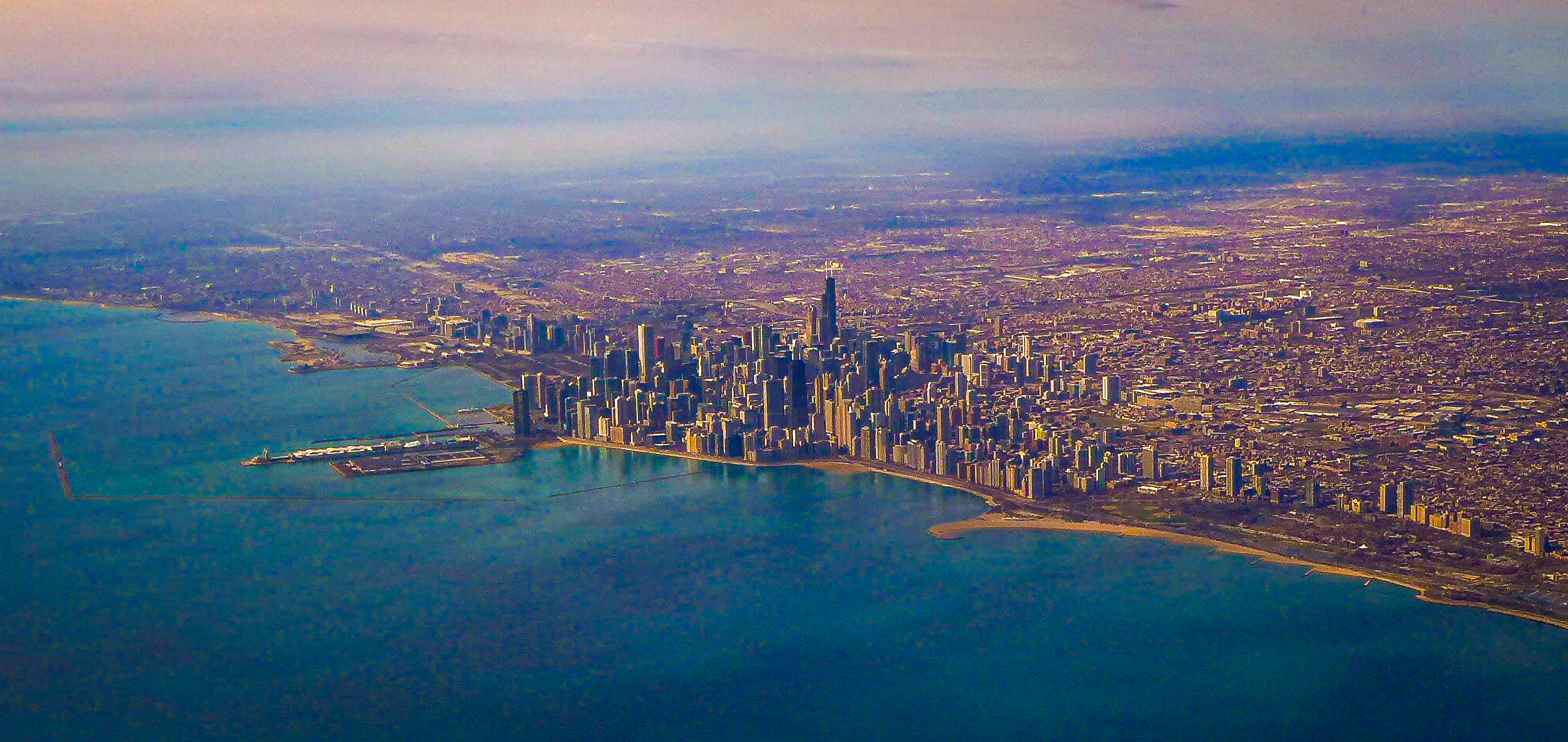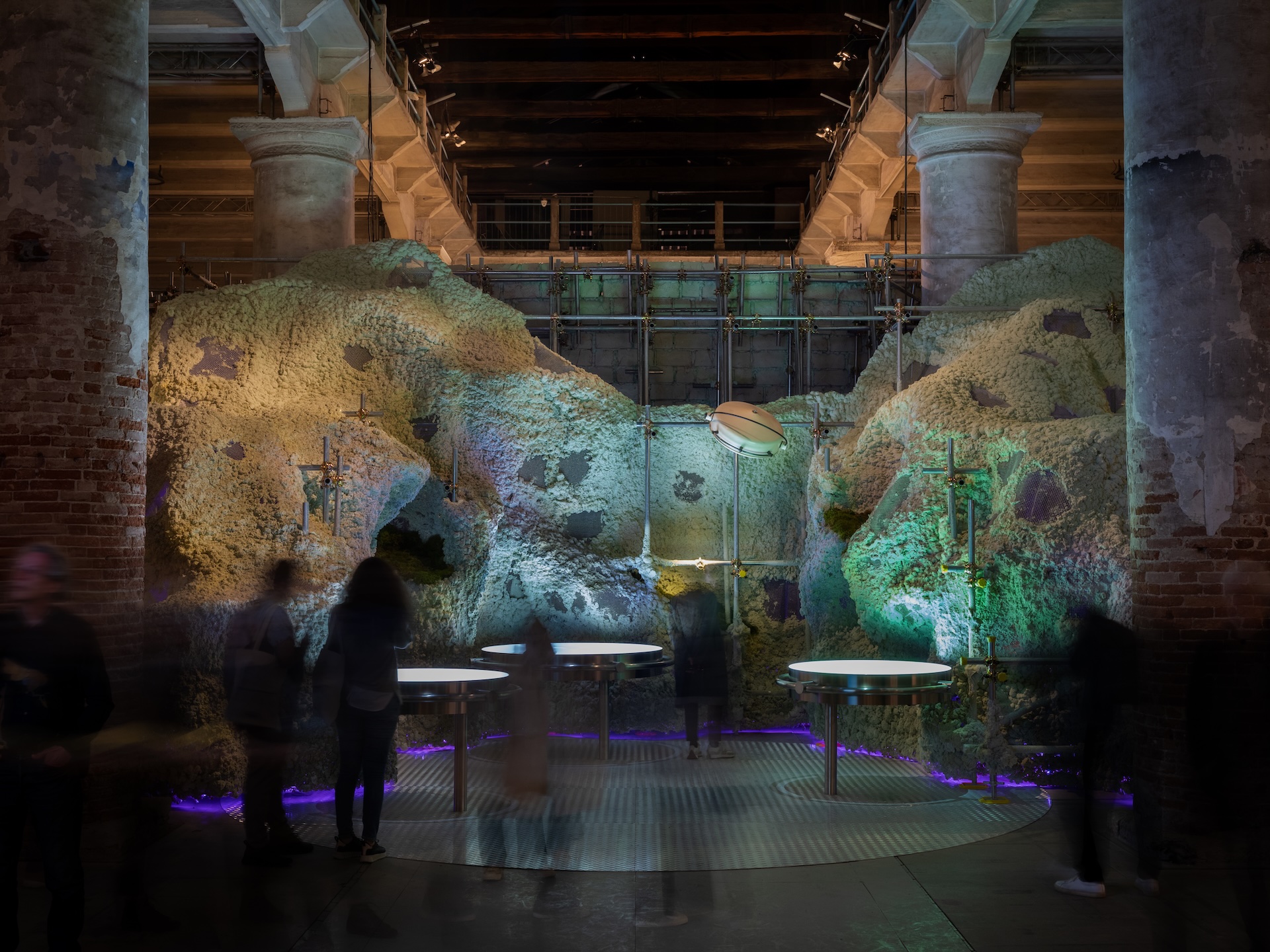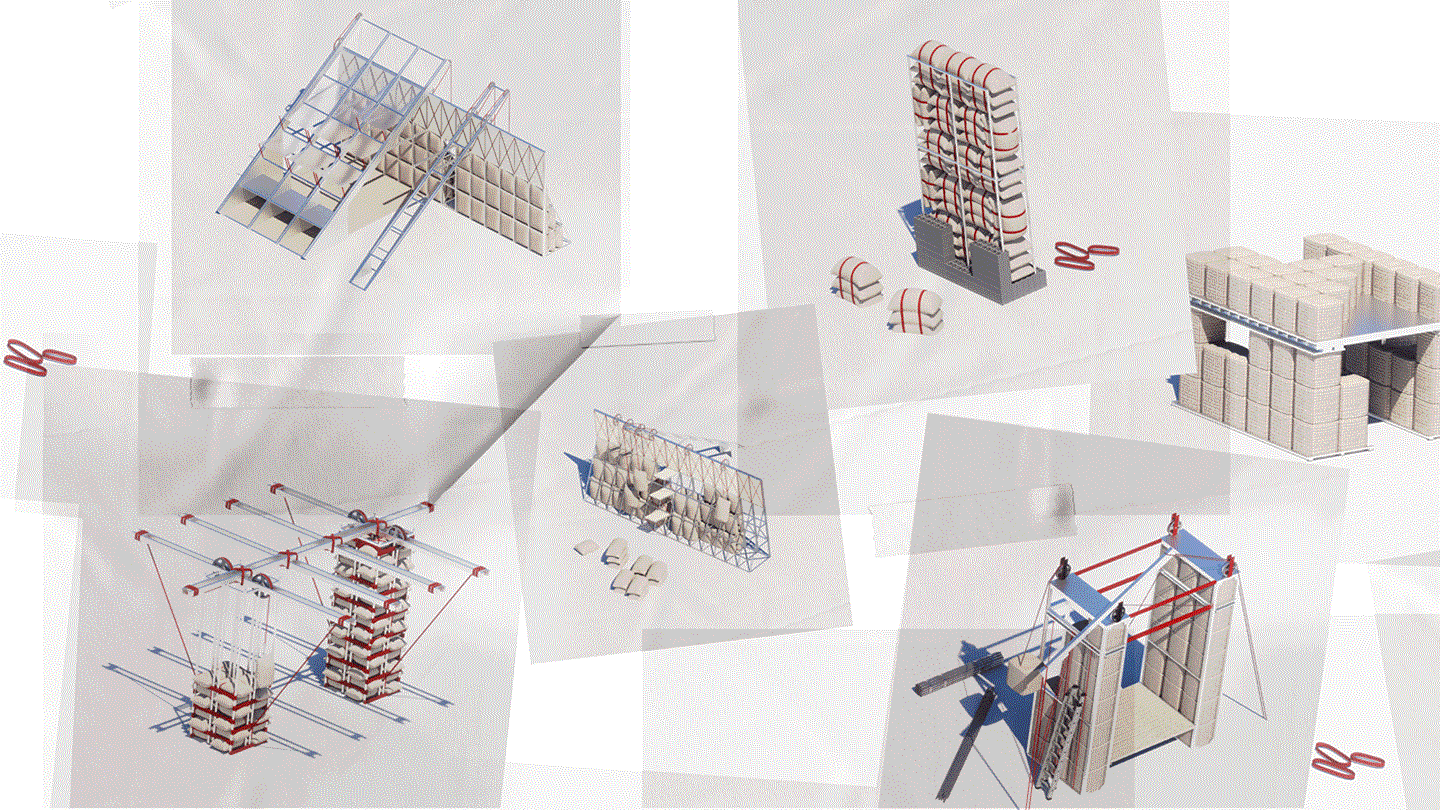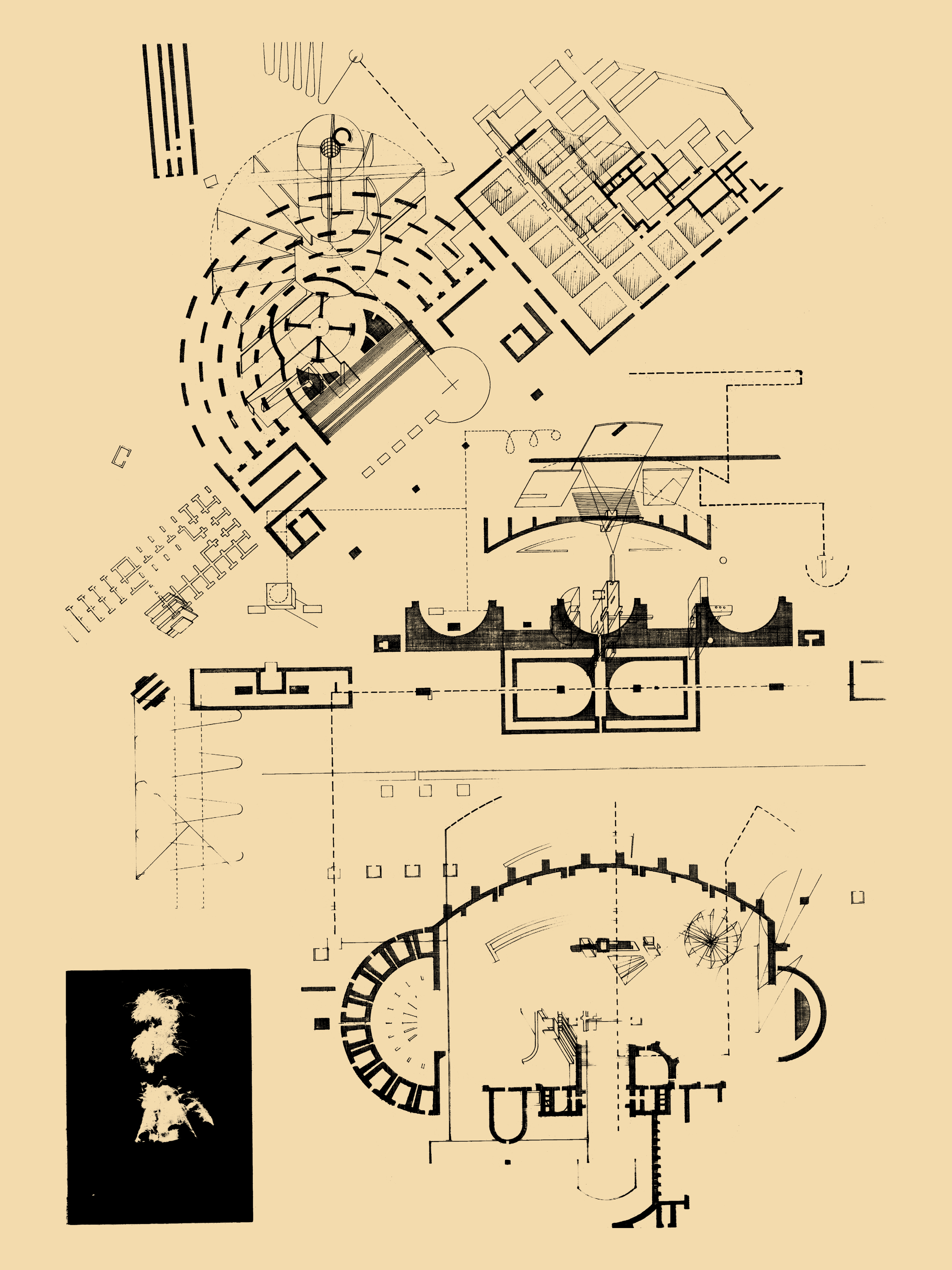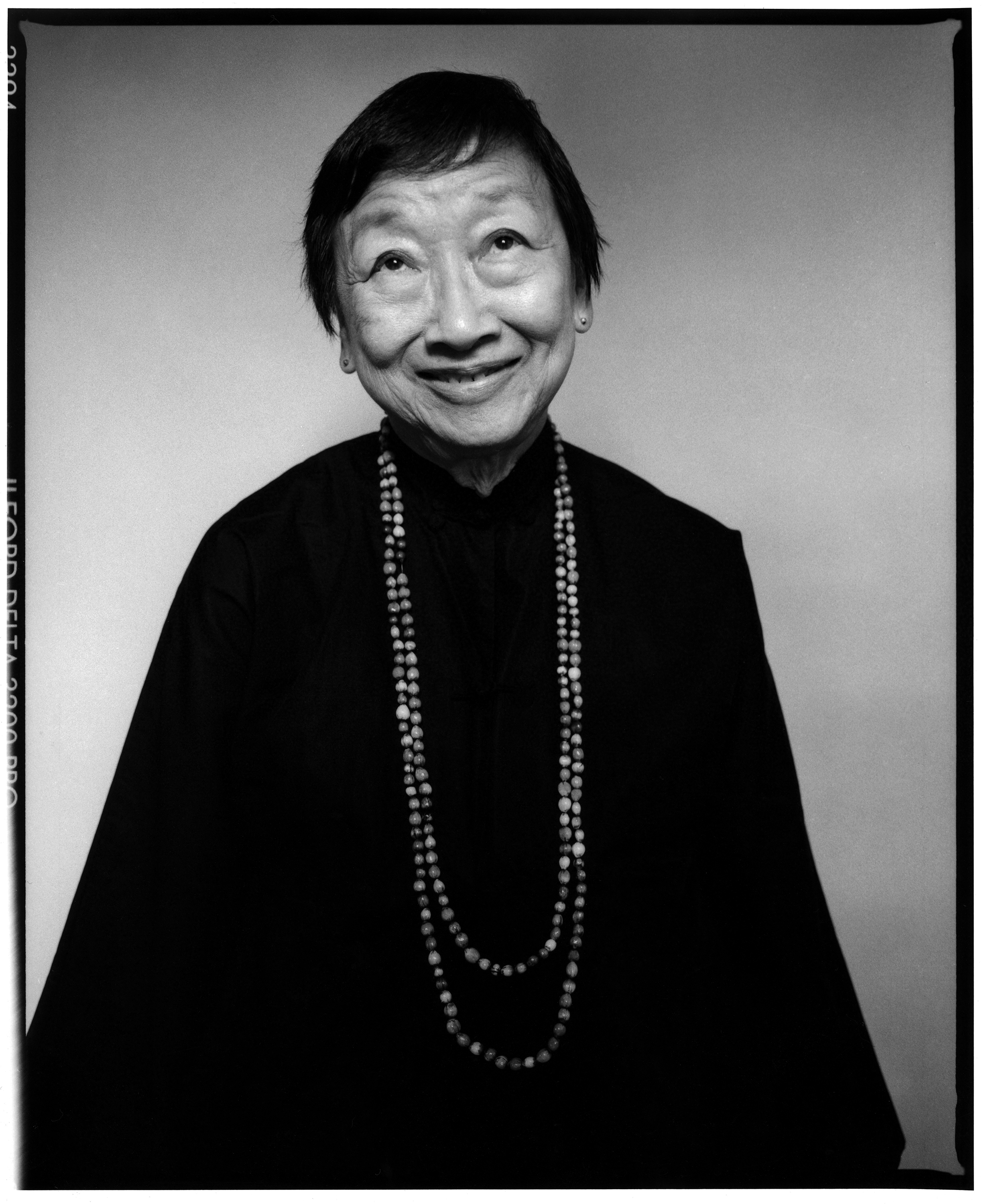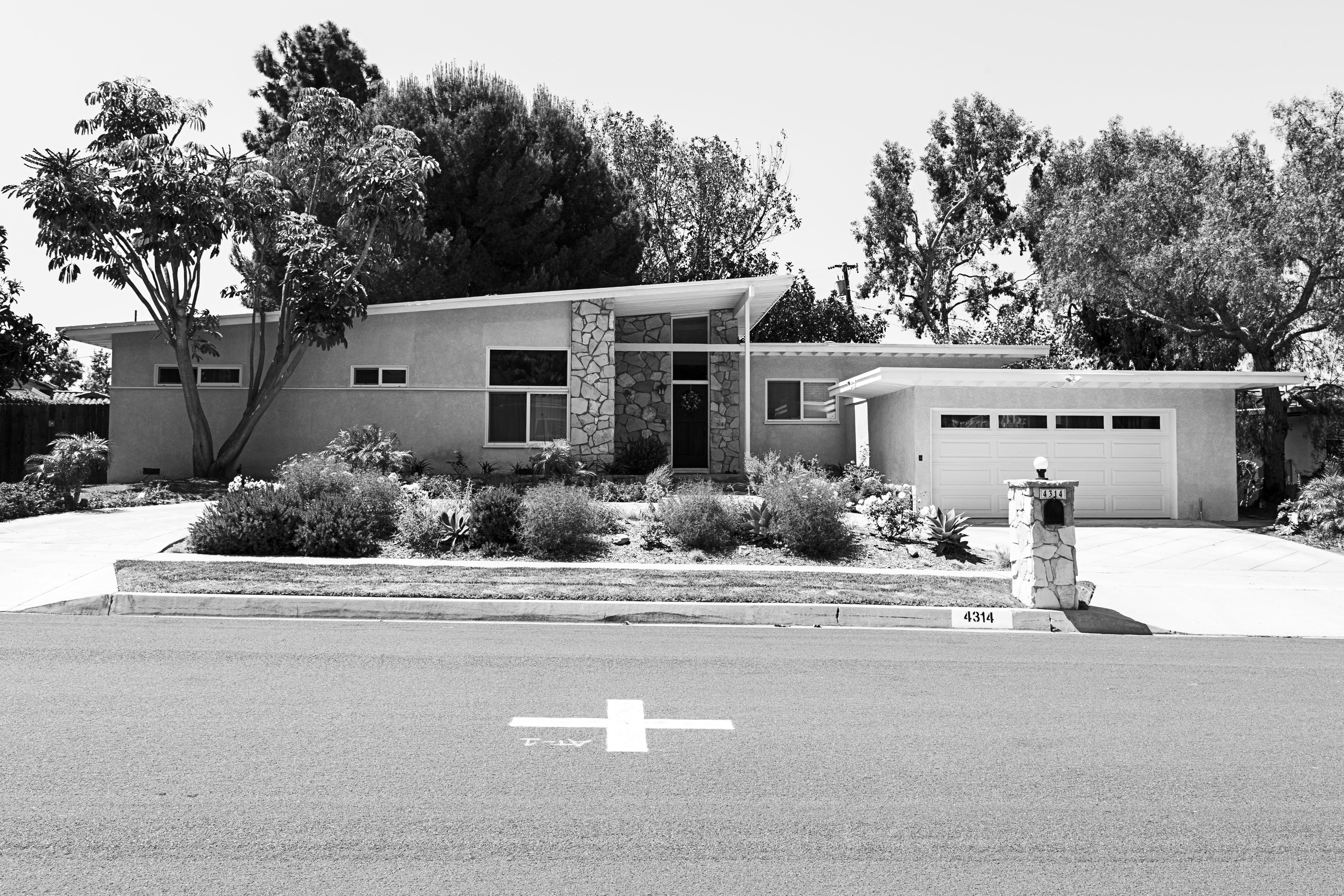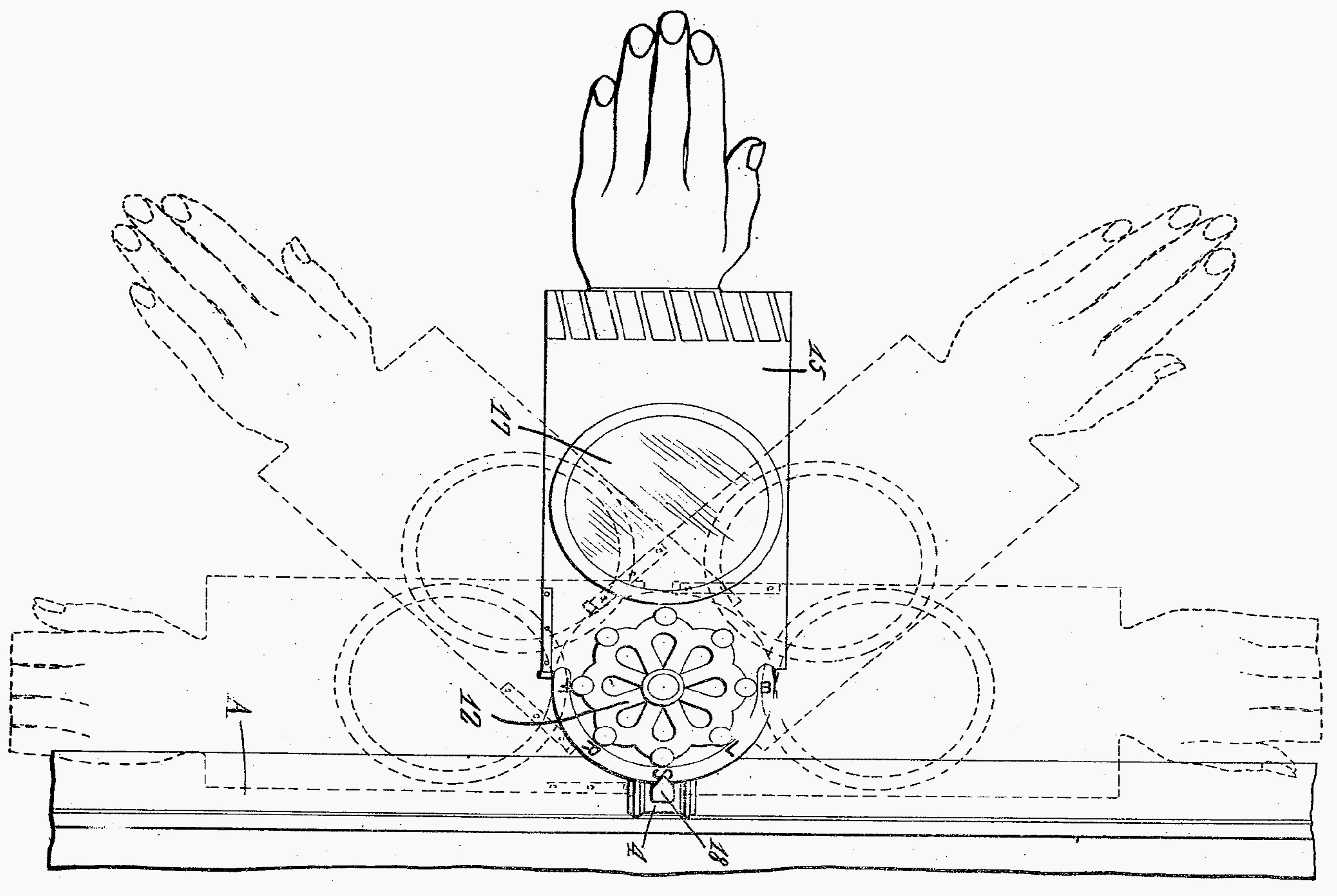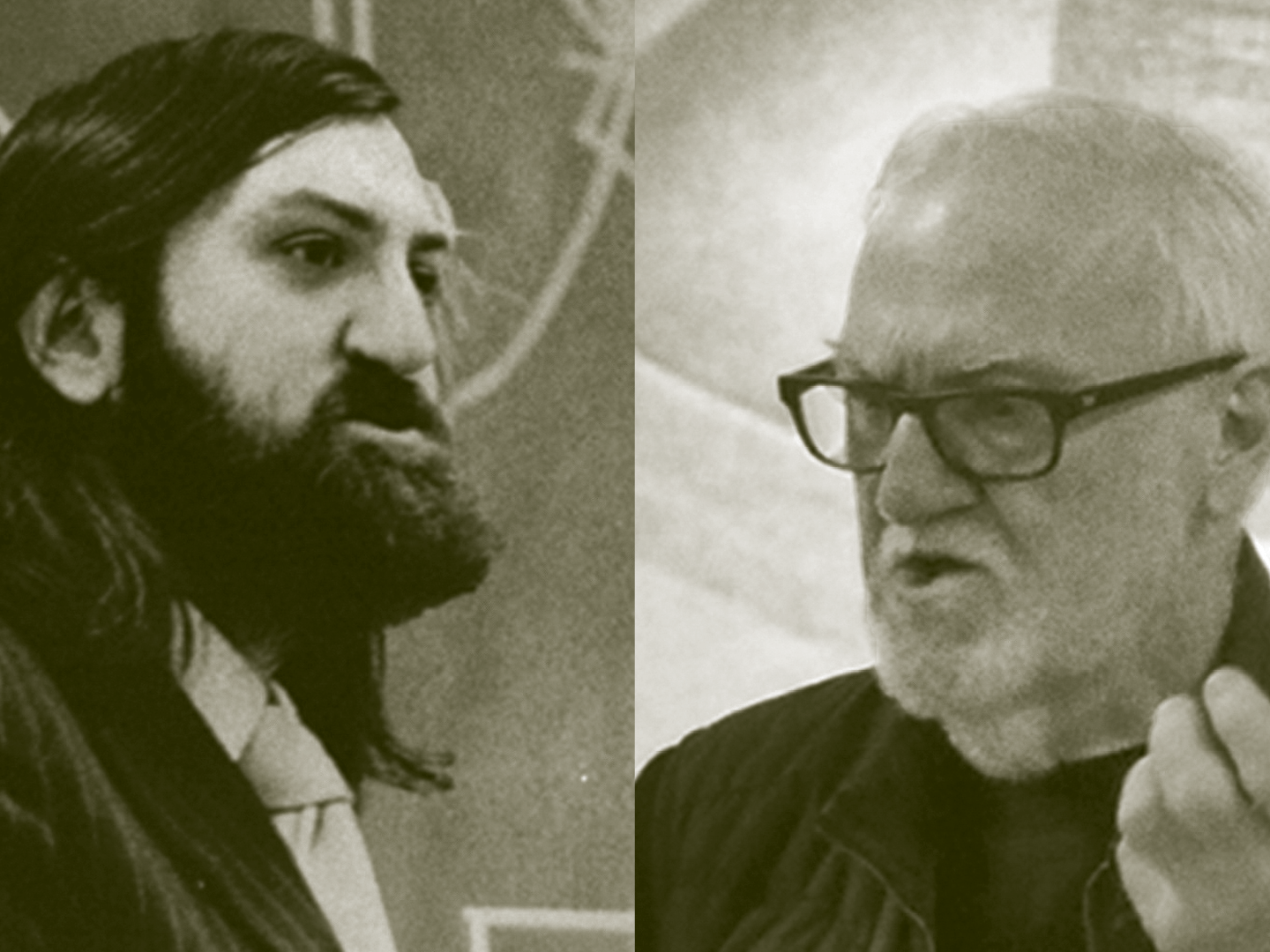May 10–November 23, 2025
Venice 30122
Italy
Amid the Elements is an environmental history of architecture animated by forgotten encounters between building and the elements—earth, water, air, fire and sometimes ether. Beginning in the early modern period, when printed books and buildings first came together, they not only assembled new collectives and circulated ideas with growing constancy but formed a capacious record of how the elements continued to exert their role despite a progressively more synthetic environment. Although most architectural treatises persisted in framing earthly matter as merely peripheral, some books, often those in which architecture is present but not central, documented novel ways of understanding the elements and the world they constructed that were possible precisely because they emerged along the field’s perimeters. Amid the Elements examines this sometimes violent but always remarkable history of architecture as an environmental medium through two parallel interventions in a pavilion designed by James Stirling not coincidentally as a ship wending a cargo of weightless books through a lagoon of trees. Inside the building, a collection of historical books exposes the obscured elemental circumstances that compose and erode life’s sustaining infrastructure. A corresponding gallery of models, visible from outside, draws forth reservoirs of intelligence latent in these material assemblies. Through these exchanges between models and books, Amid the Elements invites the often-unpredictable force of the elemental world to breach architecture’s perimeter.
Amid the Elements draws on Venice as a case study. The city’s survival was substantially buoyed by books, not only because of the knowledge they transmitted but because their manufacture formed an environmental network of production that made Venice a capital of the early modern world. Its elemental systems, stretching from rivers to the West and winds from the East, also gave Venetian paper an azure cast, a color named after the gemstone lapis lazuli and associated with the sky. Renaissance artists favored carta azzurra because it simultaneously suggested and facilitated novel forms of atmospheric perspectives, which grew so self-sustaining that eventually images no longer needed a colored substrate to appear natural. The models of Amid the Elements incorporate carta azzurra and its long denatured but persistently elemental force while the books on display are low-resolution replicas made of recycled matter, not only because the environmental controls within the book pavilion are, ironically, inadequate to the standards set for book conservation today, but because paper production once depended almost entirely on operations of reuse. Through these means, Amid the Elements counters the seemingly immaterial but often toxic and energy-intensive formats through which information now circulates with close attention to architecture’s effects within an ecosystem of relations.
Design Principal: Sylvia Lavin. Participating Architects: Emanuel Admassu and Jen Wood / AD-WO, Erin Besler / Besler & Sons, Rachaporn Choochuey / all(zone), Rania Ghosn and El Hadi Jazairy / DESIGN EARTH, Anna Neimark and Andrew Atwood / First Office, Michael Meredith and Hilary Sample / MOS, DK Osseo-Asare / Low Design Office. Installation Infrastructure Designer and Coordinator: A/P Practice. Research Team: Tairan An, Foivos Geralis, Dimitris Hartonas, Maxwell Smith-Holmes, Chenchen Yan. Research Coordinator: Tairan An.
With support from: Princeton University's School of Architecture, Dean Mónica Ponce de León, and a David A. Gardner ’69 Magic Grant from the Humanities Council; Foundation for Architecture ETS; Fondazione Arnoldo e Alberto Mondadori. Additional thanks to Elise Jaffe and Jeffrey Brown, the Southern California Institute for Architecture (SCI-Arc), Columbia University, and Pennsylvania State University.
Press inquiries and further information: SoA Communications, soacommunications@princeton.edu.

